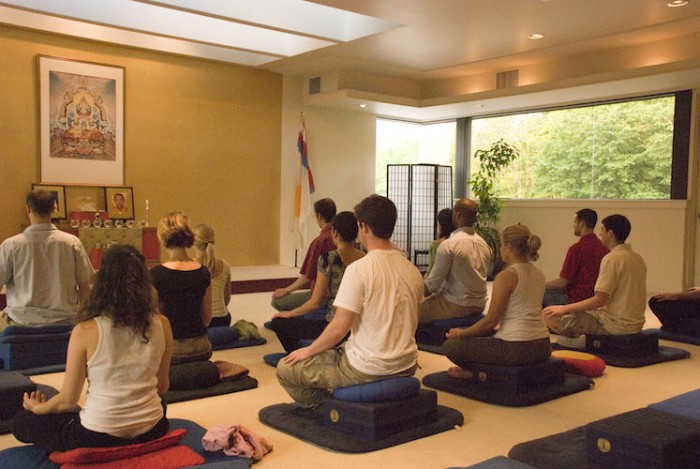As an average 29 year old male with no spiritual background and no religious affiliation, I went into the 10 day retreat curious but also fairly skeptical.
I had decided to do the course on a whim, figuring that it would be a slightly weird and interesting experience. I didn’t really know what to expect but it was something along the lines of hippies hugging trees (and each other), woo-sah, peace and love and all that jazz. This is what I discovered.
The Theory
Vipassana is meant to be a method of progressively teaching your brain increased focus, self awareness and control. The main aim is to break sub-conscious and unconscious mental reaction patterns. For example, when something goes wrong you automatically react with anger, stress, anxiety, etc. These reactions are often exaggerated and last longer than necessary. They do nothing to help the situation and make you feel pretty crappy.
Likewise, when something good happens you automatically crave more of it. This craving attaches you to the outcome and causes stress (because things never quite go the way you plan). Even things like vision boards can cause this. If you learn to break these neural patterns you gain mental clarity, control and stability.
The Experience
The first step was learning to develop our faculty of attention through focusing on our natural breathing. This takes three full days (13 hours a day) and is really difficult. I have never even done a yoga class, so sitting on the floor for 13 hours a day hurt…a lot! And since you have absolutely no distractions (no phones, no reading or writing material, no entertainment, no speaking, no gestures and no eye contact) your brain starts to revolt.
I found myself standing in the bush at the end of day one, overwhelmed, tears forming, with no idea why I was so upset. The teacher later told me that this was a normal reaction from the subconscious brain. In gaining a sharper focus and removing distractions you inadvertently become aware of the clutter in your brain. This is completely overwhelming. It’s like trying to listen to 15 people shout at you all at the same time, except all of these people are you.
I had always considered myself a calm, focused person. That day I realised I had merely been a distracted person. After another two days of sitting in pain with my brain shouting at me, the aches softened and the voices fell silent. What I was left with was just one clear, simple, concise voice. Breakthrough!
The second step is to use your newfound focus to progressively become aware of your body sensations. You sit without shifting for two hours at a time trying to feel (and not react to) the pain in your legs, knees and back. This sucks real bad but is a necessary step. Again you do this from 4 a.m. till 9 p.m., stopping at 6:30 for breakfast, 11 a.m. for soup and 5 p.m. for two pieces of fruit.
Being a male with a history of lifting weights, the food part was tough. While the hunger pangs went away after a few days, letting go of control over my food took a little longer. This was an ongoing theme on the retreat—letting go.
I will leave the rest as a surprise, because the second part of the course is something that doesn’t lend itself well to pre-framing. It is something that needs to be experienced personally to truly appreciate.
Final Thoughts
I couldn’t believe how logical, rational and well-explained the course was. There was no dogma, no rites or rituals and no religious undertow. In fact, the teacher discussed how organised religions can harm your self-development (but that’s a much longer discussion). The retreat was run solely on donations with no pitch or guilt trip of any kind. None of the teachers or servers were paid and this made for a pure experience.
Overall, I found the retreat to be more of a personal development course than it was a hippie meditation camp. It taught me the most valuable life skill that I currently possess, promoting my ongoing growth and development.
While the 10 days were without a doubt the most challenging I have faced in recent times, they were also the most rewarding. The mental clarity and life perspective I have gained is like nothing I’ve ever experienced. So, while I won’t be joining an ashram anytime soon, I will be implementing the meditation technique in my ongoing daily life.
~
Relephant:
The Vipassana Hangover
Author: Garrick Transell
Editor: Travis May
Photo: Shambhala Times









Read 5 comments and reply